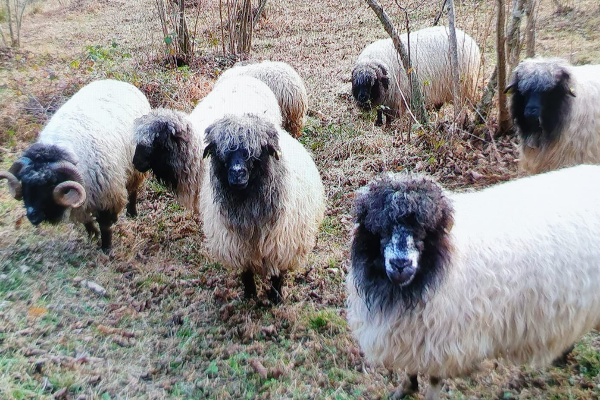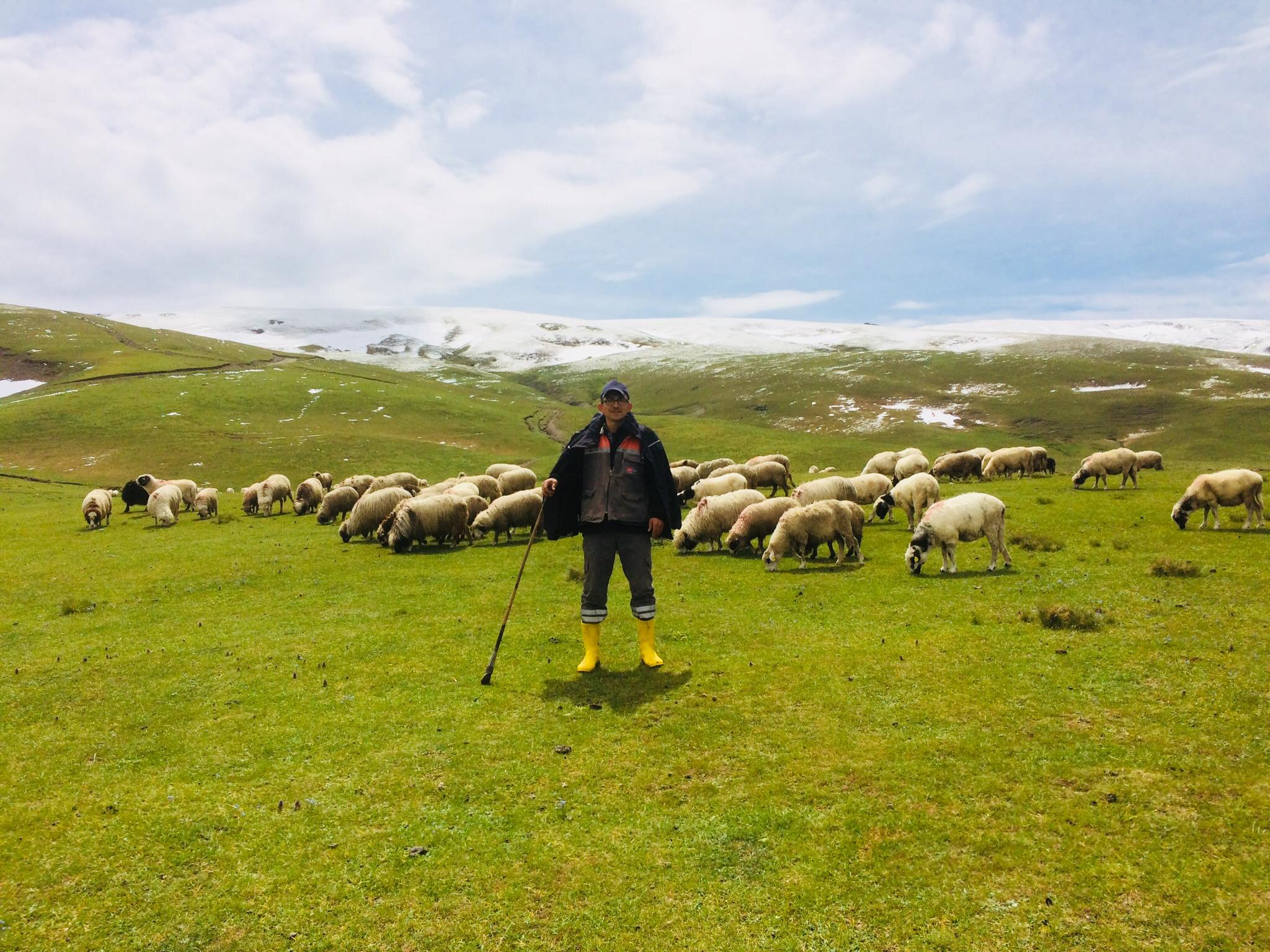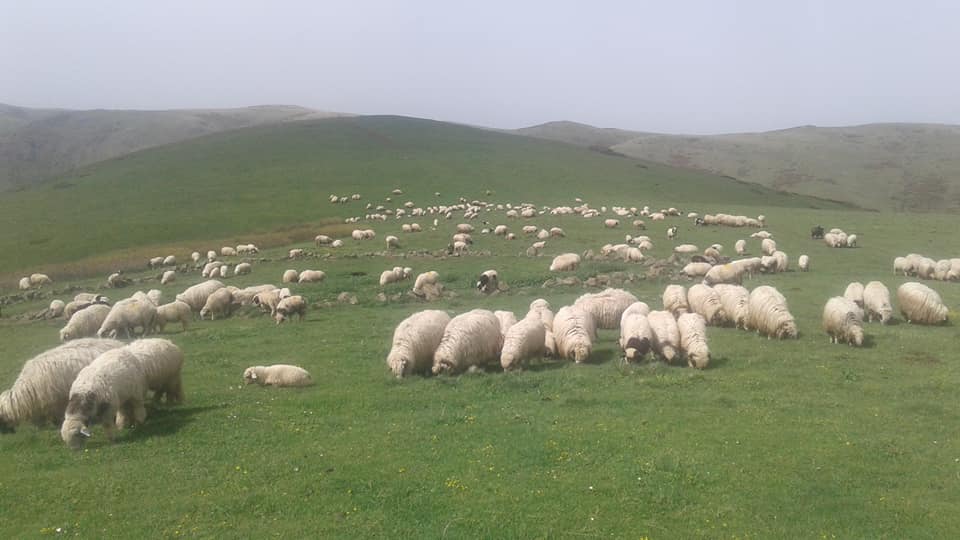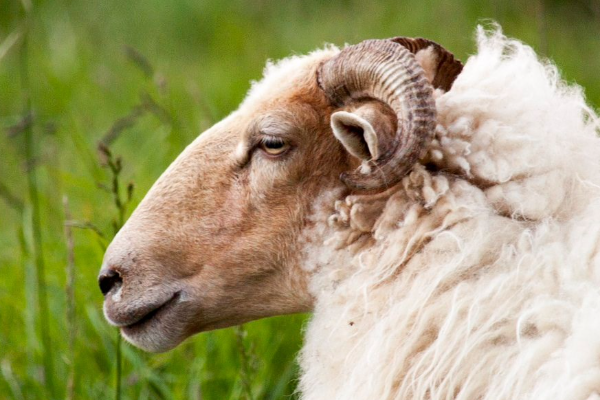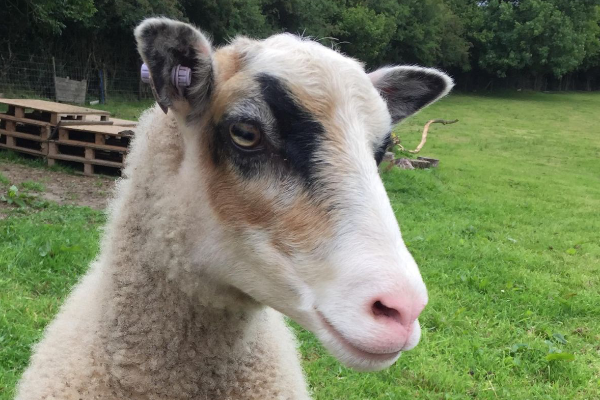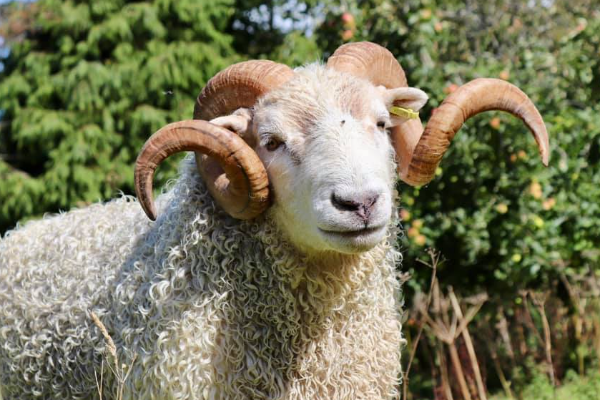Karayaka Sheep
What is the history of Karayaka Sheep?
There is practically no information about the history of the breed. However, it is likely to be indigenous to Anatolia. Karayaka is the name of a village in the Tokat province which lies close to Samsun and Ordu provinces. The breed has characteristic features unlike those of any breed outside Turkey. Most of the sheep go to the mountains in the summer in large communal flocks and return for the winter.
What are the characteristics of Karayaka Sheep?
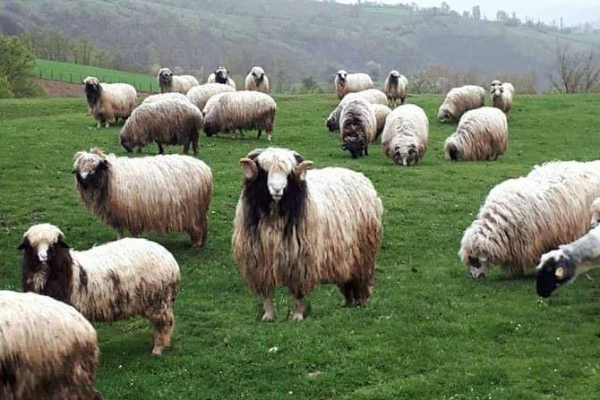
- The Karayaka is a small-sized breed.
- Most of the time, rams are horned and ewes are polled (hornless).
- It is a dual purpose breed producing meat and milk.
- The wool is used in carpets.
- The Karayaka is classified as a long thin-tailed breed.
- The body is usually white but about 10 percent, of the animals are coloured (black or brown).
- White animals are of two types: Çakrak and Karagöz.
- In the Çakrak, head, ears, legs and tail are coloured.
- The Karagöz, which is more numerous, has black marks around eyes and mouth and on the legs; it is more resistant to cold than the Çakrak.
- The Çakrak is larger than the Karagöz.
- The tail is thin and long; some animals have a smal fat deposit at the base of the tail.
- Rams generally have thick spiral horns; ewes are usually hornless.
- Wool is very coarse but very suitable for matresses.
- There is a tuft of wool on the forehead.
- Milk production of the Karayaka is one of the lowest among the native breeds in the country, but the breed is relatively early-maturing.
- Meat quality is considered good; in this respect.
- The Karayaka sheep comes second after Kivircik.
- The Karayaka has long been raised by pure breeding, largely due to geographical isolation.
- Karakaya ewes 40 to 45 kg of milk in a 130- to 140-day lactation period.
- Karakaya ewes produce about 1.8 to 2.4 kg of fleece with a 21 to 28 cm staple length and 39 to 43 micron diameter.
What is the weight of mature Karayaka Sheep?
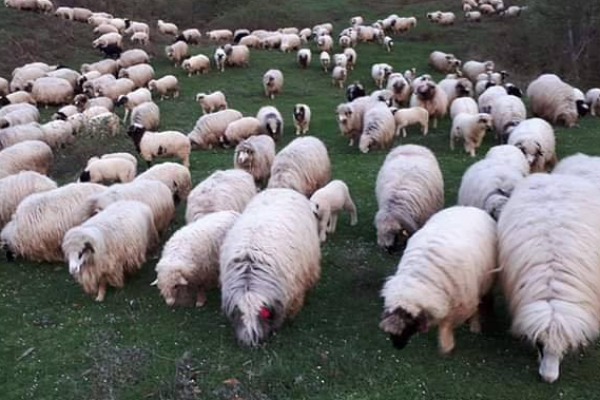
Karayaka ram is in the range of 70 kg and a mature ewe 35-40 kg.
Find a BreederMore

Written by
H Cetin KATIRCI
Online ShepherdBreedsMore
IllnessesMore
Forage cropsMore
![]() Патологическая физиология голодания Arina TARAN
Патологическая физиология голодания Arina TARAN![]() Дефицит фосфора (гипофосфатемия) Hipofosfatemi Arina TARAN
Дефицит фосфора (гипофосфатемия) Hipofosfatemi Arina TARAN![]() Какие бывают кормораздатчики для ферм КРС? Irina Makarova
Какие бывают кормораздатчики для ферм КРС? Irina Makarova![]() Кормушки для овец Diana Myakisheva
Кормушки для овец Diana Myakisheva![]() Питание домашних коз: что едят, виды корма и правила кормления Alina Arslantürk
Питание домашних коз: что едят, виды корма и правила кормления Alina Arslantürk![]() Важность минералов питании сельскохозяйственных животных Irina Makarova
Важность минералов питании сельскохозяйственных животных Irina Makarova
Use of the information/advice in this guide is at your own risk. The Farmow and its employees do not warrant or make any representation regarding the use, or results of the use, of the information contained herein as regards to its correctness, accuracy, reliability, currency or otherwise. The entire risk of the implementation of the information/ advice which has been provided to you is assumed by you. All liability or responsibility to any person using the information/advice is expressly disclaimed by the Farmow and its employees.

